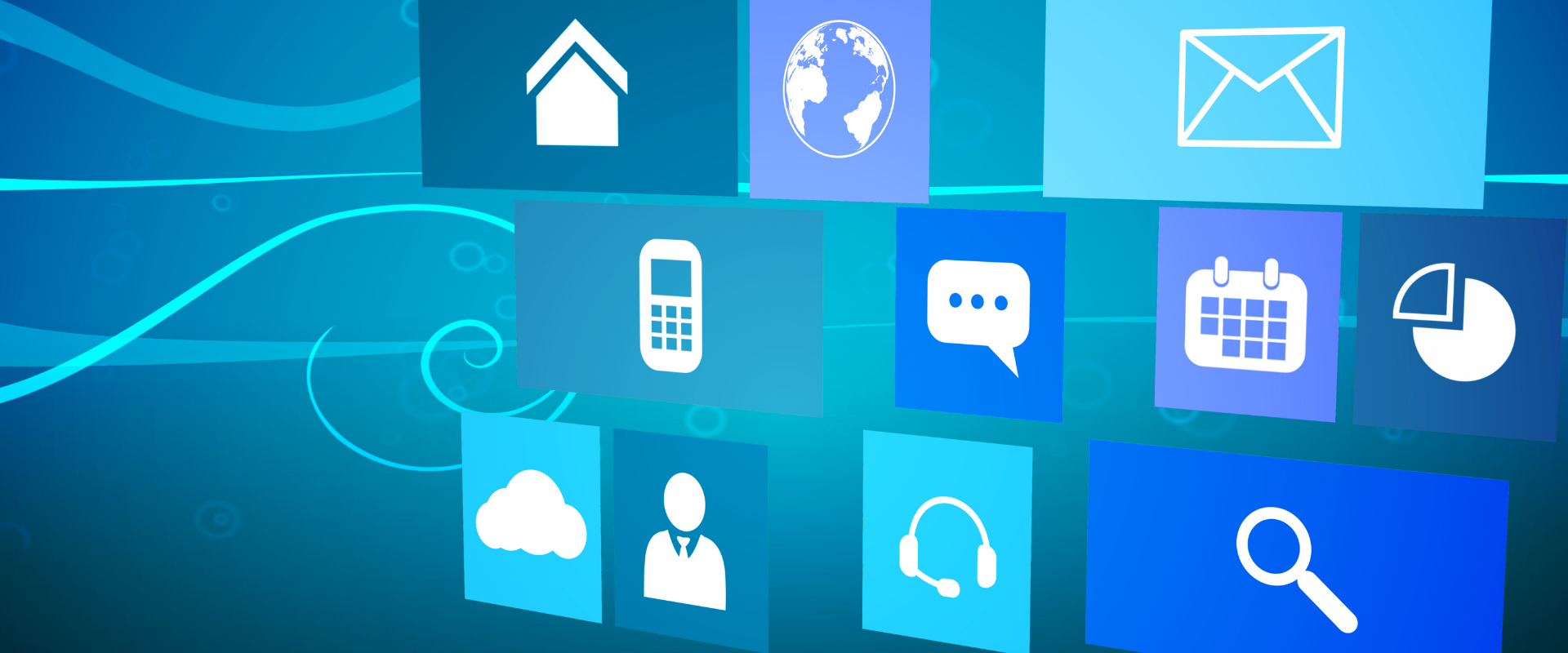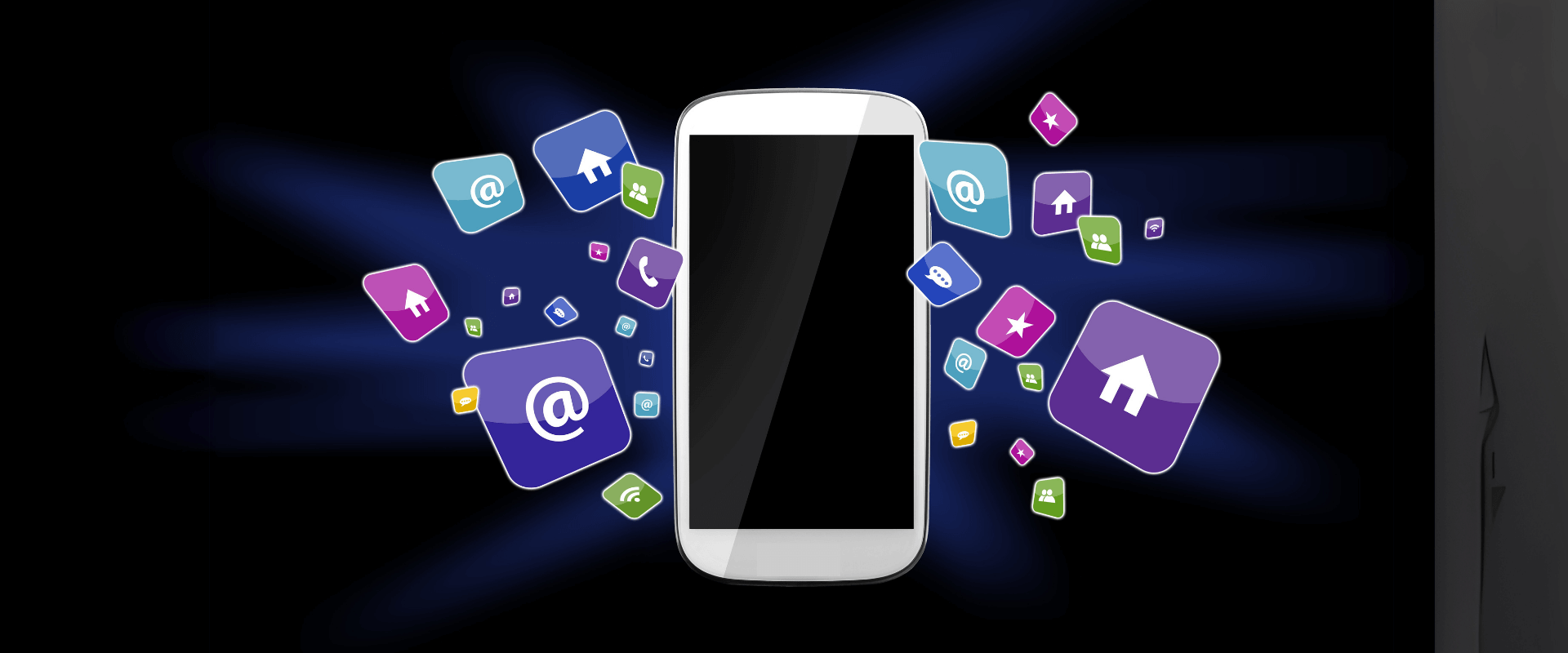A mobile app could be very beneficial for your business, but there are certain factors you need to consider before you commit to its development.
1. Your Goals
What needs will you be fulfilling by developing a mobile app? You need to ensure you’re adding value to the customer experience as well as showcasing your business in a new dimension. If you simply want your website converted into an app, you might want to consider investing in a responsive design or web app instead. However, once you have determined that a mobile app would be beneficial for you, your internal staff members or your customers, you should ascertain their needs, and target them within the offering to ensure the app is a success.
2. Target Audience
Will your app target a certain demographic? If so, their needs and preferences must be a consideration when designing the User Experience and User Interface (UX/UI) of your mobile app. For example, an app for children might be more graphics-oriented and colourful, while adults may want a cleaner look and feel.
3. App Design
Developing a mobile app includes the design, which is not just the appearance of the interface but also how the users interact with it. App design includes UX/UI to give users optimal usability and is an important part of mobile app development. This is because people would rather use an app that they find easy to use.
4. Budget
A mobile app can be developed on a shoestring budget or potentially run to many thousands of pounds. It depends on the complexity of its features and the functionality involved. These factors, alongside the appearance and interface design could drive the cost up.
5. Mobile Platform
The mobile platform is an important factor in mobile app development, as apps for iOS and Android are built using different languages. It is quite rare to choose to develop only for one of the two platforms, so this is why we use a Microsoft Development Toolkit called Xamarin. This allows us to ‘write once’ for the two platforms, helping to keep development costs down.
6. Minimum Viable Product
It is quite easy to get carried away by the solutions and features you want in your mobile app. But the more functionality it has, the higher the cost may be. In some cases it might be best to start off with a simple design, as once you review your app for usability testing, you may realise you need additional features that you didn’t think of initially.
This is why it is best to identify the minimum viable product (MVP) feature set. With an MVP, you can get a functioning mobile app developed, test it, and then build upon it if required.
7. Updates
Another advantage you get with an MVP, in addition to budget control, is the fact that you can roll out upgrades for your app as and when you need features added to it. Regularly adding new functionality also helps to keep your audience engaged with your product. You can also spread out your expenses by starting with the MVP and adding more detail to it as you go.
8. Involve the Build Team Early
If you work in collaboration with a mobile app development team from the start, you will have a much easier journey. They will be able to help you plan the features of your product, so you don’t waste time. They will also be able to advise you on the best technology to use, interface design, or even if you need an app at all!
Conclusion
Developing a mobile app for your business can help you in many ways. Once you decide to develop a mobile app to help your customers or for internal users, it is best to get a reliable software development company to build it. This is where we can help.




